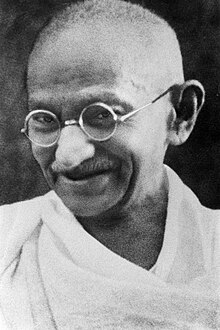List of Portuguese monarchs
"King of Portugal" redirects here. For the Al Stewart song, see Last Days of the Century.
| King of Portugal and the Algarves | |
|---|---|
 | |

D. Manuel II
| |
| Details | |
| Style | Style of the Portuguese sovereign |
| First monarch | D. Afonso I |
| Last monarch | D. Manuel II |
| Formation | 25 July 1139 |
| Abolition | 5 October 1910 |
| Residence | Royal residences in Portugal |
| Pretender(s) | Duarte Pio, Duke of Braganza |
The Monarchs of Portugal ruled from the establishment of the Kingdom of Portugal, in 1139, to the deposition of the Portuguese monarchy and creation of the Portuguese Republic with the 5 October 1910 revolution.
Through the nearly 800 years which Portugal was a monarchy, the kings held various other titles and pretensions. Two Kings of Portugal, Ferdinand I and Afonso V, also claimed the crown of Castile. When the House of Habsburg came into power, the Kings of Spain, and Naples, also became Kings of Portugal. The House of Braganza brought numerous titles to the Portuguese Crown, including King of Brazil and then Emperor of Brazil.
After the demise of the Portuguese monarchy, in 1910, Portugal almost restored its monarchy in a revolution known as the Monarchy of the North, though the attempted restoration only lasted a month before destruction. With Manuel II's death, the Miguelist branch of the House of Braganza became the pretenders to the throne of Portugal. They have all been acclaimed King of Portugal by their monarchist groups.
The monarchs of Portugal all came from a single ancestor, Afonso I of Portugal, but direct lines have sometimes ended. This has led to a variety of royal houses coming to rule Portugal, though all having Portuguese royal lineage. These houses are:
- The House of Burgundy (1139–1383)
- The House of Aviz (1385–1581)
- The House of Habsburg (1581–1640)
- The House of Braganza (1640–1910)










